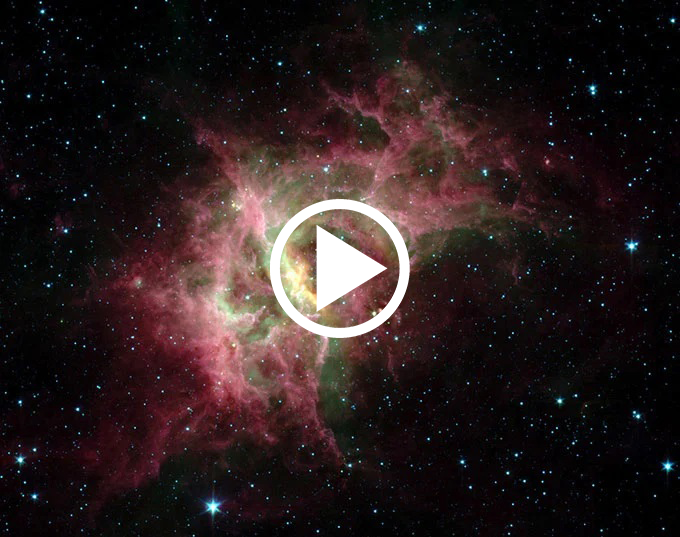The University of Maryland releases the first high-resolution image of the structure of expanded ionized gas and plasma in which new stars are born.
As massive stars form, they eject much stronger protons, electrons, and heavy metal atoms than our Sun. These launches are known as stellar winds. The intense stellar wind is able to blow hot plasma and ionized gas, forming a bubble-like structure inside dense clouds of cold gas.
The new image, published in the Astrophysical Journal on June 23, shows such a shadow stretching around the Westerlund 2 star cluster, one of the brightest and most massive star-forming regions in the Milky Way. constellation Carina.
The team at the University of Maryland, College Park in the United States, led by postdoctoral researcher Maitraiyee Tiwari, used data from the Stratospheric Observatory’s infrared telescope (SOIA) to analyze the star Westerlund 2. By measuring Radiation emitted by the entire electromagnetic spectrum, including high-energy X-rays to low-energy radio waves, Tiwari and his colleagues have created the clearest picture to date of “star-forming bubbles.”
Previous studies were only able to produce low resolution images based on radio data and submillimeter wavelengths. They do not clearly show the structure of the bubble or how it expands in its surroundings.
The new image reveals that there is only one structure of plasma and hot gas surrounding the Westerlund 2 star cluster, rather than two as previously thought. In addition, the team found evidence of the formation of new stars in the envelope of this bubble.
When the bubble expanded about a million years ago, it burst on one side and released hot plasma, which slowed the expansion of the crust. However, around 200,000 or 300,000 years ago, another bright star from Westerlund 2 evolved and its energy spurred the expansion of the crust.
“We found that the expansion of the bubble around Westerlund 2 was again being accelerated by winds from another very massive star, and this started the process of expansion and star formation all over again,” Tiwari said. . “New stars will continue to be born in the crust for a long time, but over time they will become lighter and lighter.”


